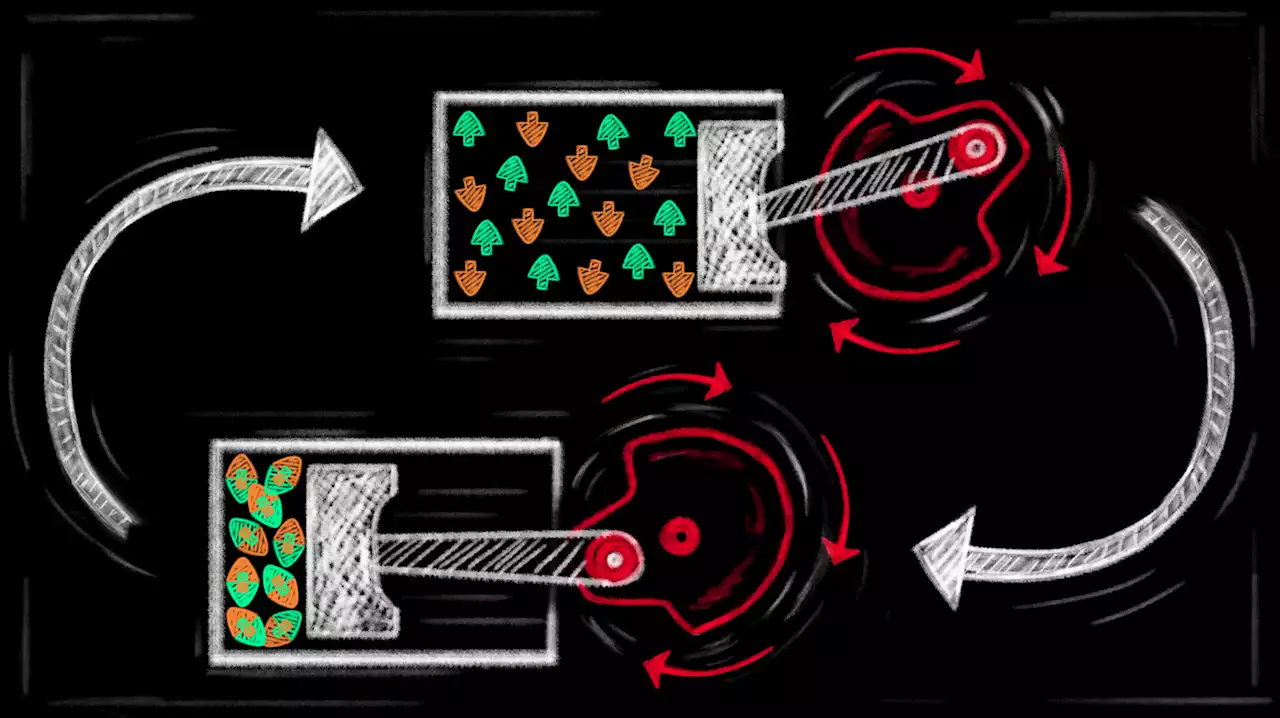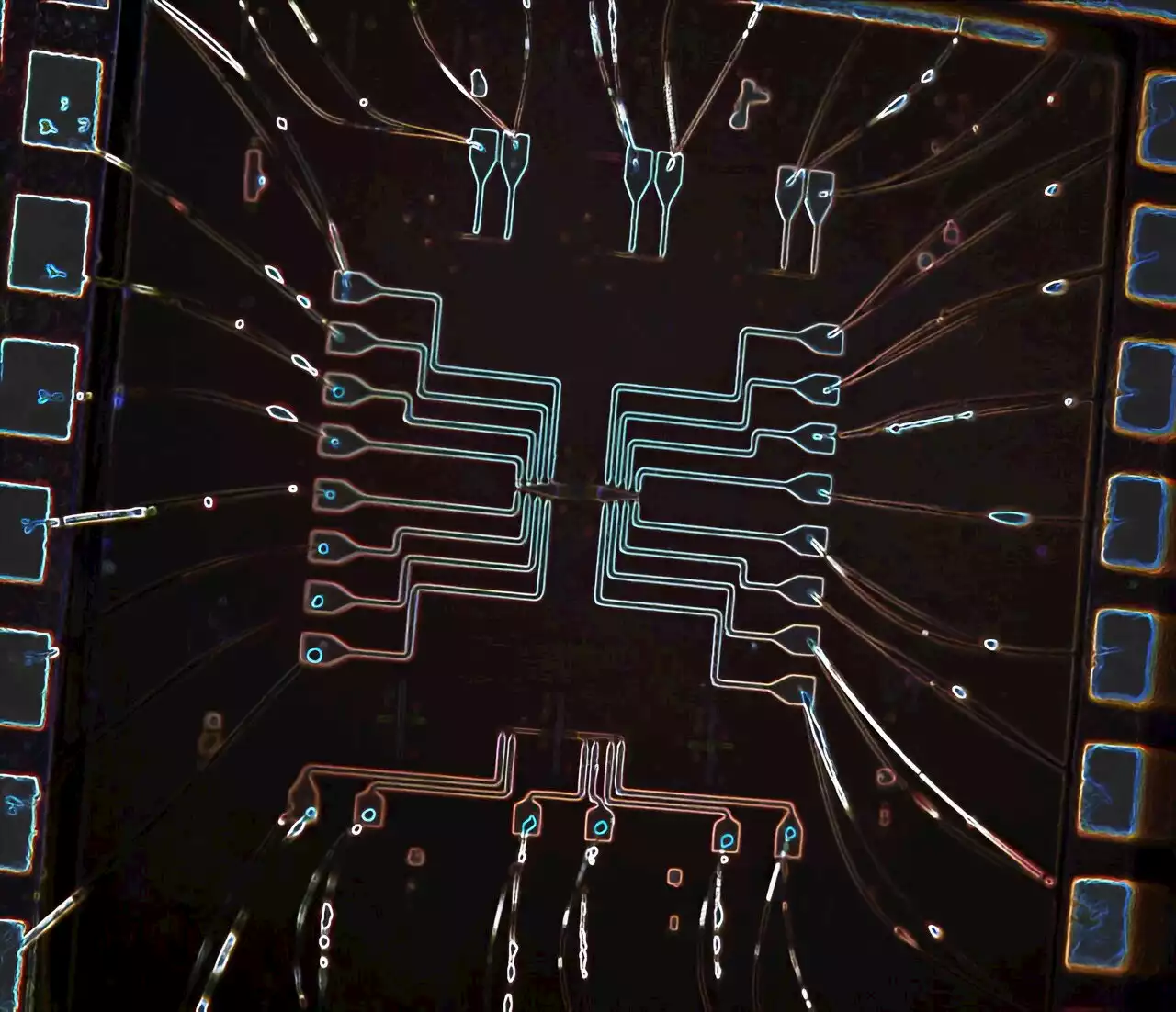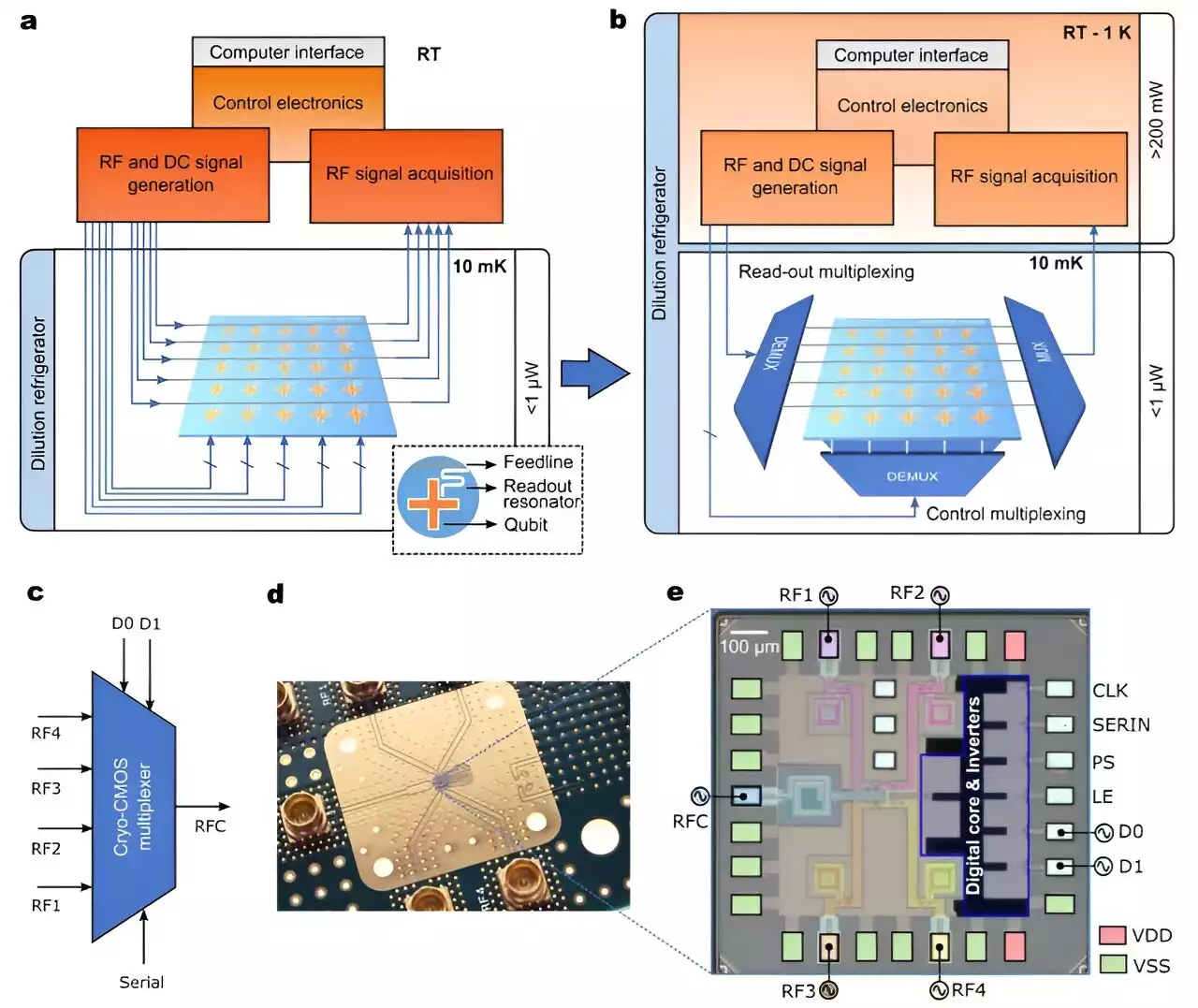A new technique based on advanced camera technology demonstrates a rapid and efficient way to reconstruct the full quantum state of entangled particles. Researchers from the University of Ottawa, working together with Danilo Zia and Fabio Sciarrino from the Sapienza University of Rome, have recen
in short. With the standard approaches , a full tomography requires large number of measurements that rapidly increase with the system’s complexity .
The projective measurement approach to quantum tomography can be thought of as looking at the shadows of aobject projected on different walls from independent directions. All a researcher can see is the shadows, and from them, they can infer the shape of the full object. For instance, in a CT scan , the information of a 3D object can thus be reconstructed from a set of 2D images.
The team, led by Ebrahim Karimi, Canada Research Chair in Structured Quantum Waves, co-director of uOttawa Nexus for Quantum Technologies research institute and associate professor in the Faculty of Science, extended this concept to the case of two photons. Reconstructing a biphoton state requires superimposing it with a presumably well-known quantum state, and then analyzing the spatial distribution of the positions where two photons arrive simultaneously.
South Africa Latest News, South Africa Headlines
Similar News:You can also read news stories similar to this one that we have collected from other news sources.
 IBM, Microsoft, others form post-quantum cryptography coalitionIBM Quantum, Microsoft, SanboxAQ, the University of Waterloo, MITRE, and PQShield have announced the formation of a post-quantum encryption coalition to help the world deal with the quantum future.
IBM, Microsoft, others form post-quantum cryptography coalitionIBM Quantum, Microsoft, SanboxAQ, the University of Waterloo, MITRE, and PQShield have announced the formation of a post-quantum encryption coalition to help the world deal with the quantum future.
Read more »
 Powering the quantum revolution: Quantum engines on the horizonQuantum mechanics is a branch of physics that explores the properties and interactions of particles at very small scale, such as atoms and molecules. This has led to the development of new technologies that are more powerful and efficient compared to their conventional counterparts, causing breakthroughs in areas such as computing, communication, and energy.
Powering the quantum revolution: Quantum engines on the horizonQuantum mechanics is a branch of physics that explores the properties and interactions of particles at very small scale, such as atoms and molecules. This has led to the development of new technologies that are more powerful and efficient compared to their conventional counterparts, causing breakthroughs in areas such as computing, communication, and energy.
Read more »
 Quantum repeaters use defects in diamond to interconnect quantum systemsThe popular children's game of telephone is based on a simple premise: The starting player whispers a message into the ear of the next player. That second player then passes along the message to the third person and so on until the message reaches the final recipient, who relays it to the group aloud. Often, what the first person said and the last person heard are laughably different; the information gets garbled along the chain.
Quantum repeaters use defects in diamond to interconnect quantum systemsThe popular children's game of telephone is based on a simple premise: The starting player whispers a message into the ear of the next player. That second player then passes along the message to the third person and so on until the message reaches the final recipient, who relays it to the group aloud. Often, what the first person said and the last person heard are laughably different; the information gets garbled along the chain.
Read more »
 The World's Oldest Hatred Lives on at the University of PennsylvaniaFifty-seven percent of Jewish students have witnessed or experienced an antisemitic incident.
The World's Oldest Hatred Lives on at the University of PennsylvaniaFifty-seven percent of Jewish students have witnessed or experienced an antisemitic incident.
Read more »
 A new kind of chip for quantum technologyToday, we are living in the midst of a race to develop a quantum computer, one that could be used for practical applications. This device, built on the principles of quantum mechanics, holds the potential to perform computing tasks far beyond the capabilities of today's fastest supercomputers. Quantum computers and other quantum-enabled technologies could foster significant advances in areas such as cybersecurity and molecular simulation, impacting and even revolutionizing fields such as online security, drug discovery and material fabrication.
A new kind of chip for quantum technologyToday, we are living in the midst of a race to develop a quantum computer, one that could be used for practical applications. This device, built on the principles of quantum mechanics, holds the potential to perform computing tasks far beyond the capabilities of today's fastest supercomputers. Quantum computers and other quantum-enabled technologies could foster significant advances in areas such as cybersecurity and molecular simulation, impacting and even revolutionizing fields such as online security, drug discovery and material fabrication.
Read more »
 Progress in upscaling Si spin and superconducting-based quantum technologiesThe long-term vision for quantum computing is the ability to leverage millions of noise-free qubits to address selected problems that are hard to solve with classical computers. Application fields that may benefit from this technology include materials synthesis, pharmaceutical drug development, and cybersecurity, to name a few.
Progress in upscaling Si spin and superconducting-based quantum technologiesThe long-term vision for quantum computing is the ability to leverage millions of noise-free qubits to address selected problems that are hard to solve with classical computers. Application fields that may benefit from this technology include materials synthesis, pharmaceutical drug development, and cybersecurity, to name a few.
Read more »
